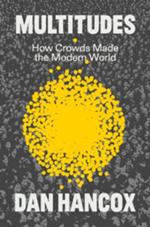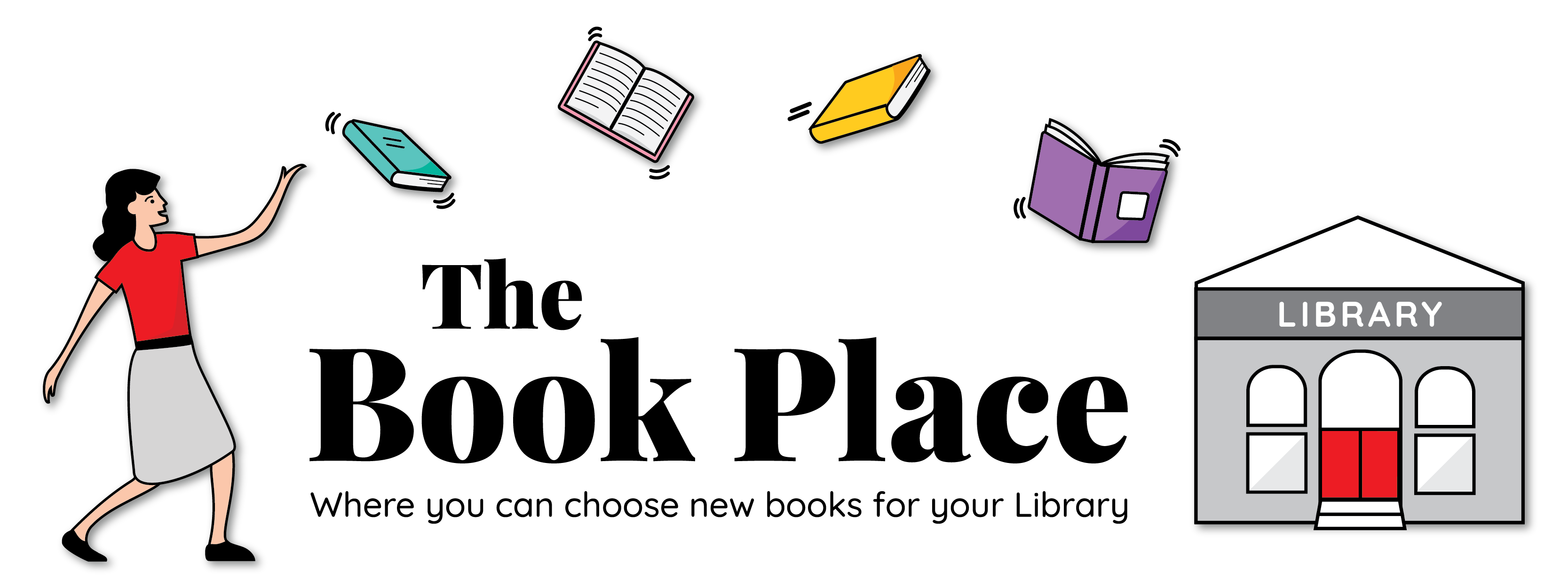Modern history is the history of the crowd. But why are we so frightened of what happens when we come together? Philosophers, politicians and psychologist pronounce that they are dangerous and need to be controlled. In contrast, Hancox argues that they are the harbinger of and a force for change, the bringer of joy and conviviality. In the 1870s, following the Paris Commune, Gustave Le Bon was the first to claim that the crowd was a dangerous animal that consumed individuals. Since then his thinking has influenced city building, policing, criminology and politics. From scenes of the Nuremburg Rally to the January 6 insurrection on the Capitol, the contagion of mob violence is palpable. They can be dangerous. But the crowd can also be a place of liberation, passion, collective joy. The politicians are so afraid of what happens that they will do whatever they can to keep us apart. In Multitudes, Dan Hancox celebrates the history of the crowd. The crowd is the human embodiment of democracy. It is a testament to the incredible things that happen when we gather with strangers in pursuit of a common goal – whether that is to throw a rave, or overthrow a dictator. We will see how crowds have the power to change history, and how joining crowds changes us for the better, too.

Multitudes : how crowds made the modern world
ISBN: 9781804294482
Format: Hardback
Publisher: Verso (UBD)
Origin: GB
Release Date: February, 2025


